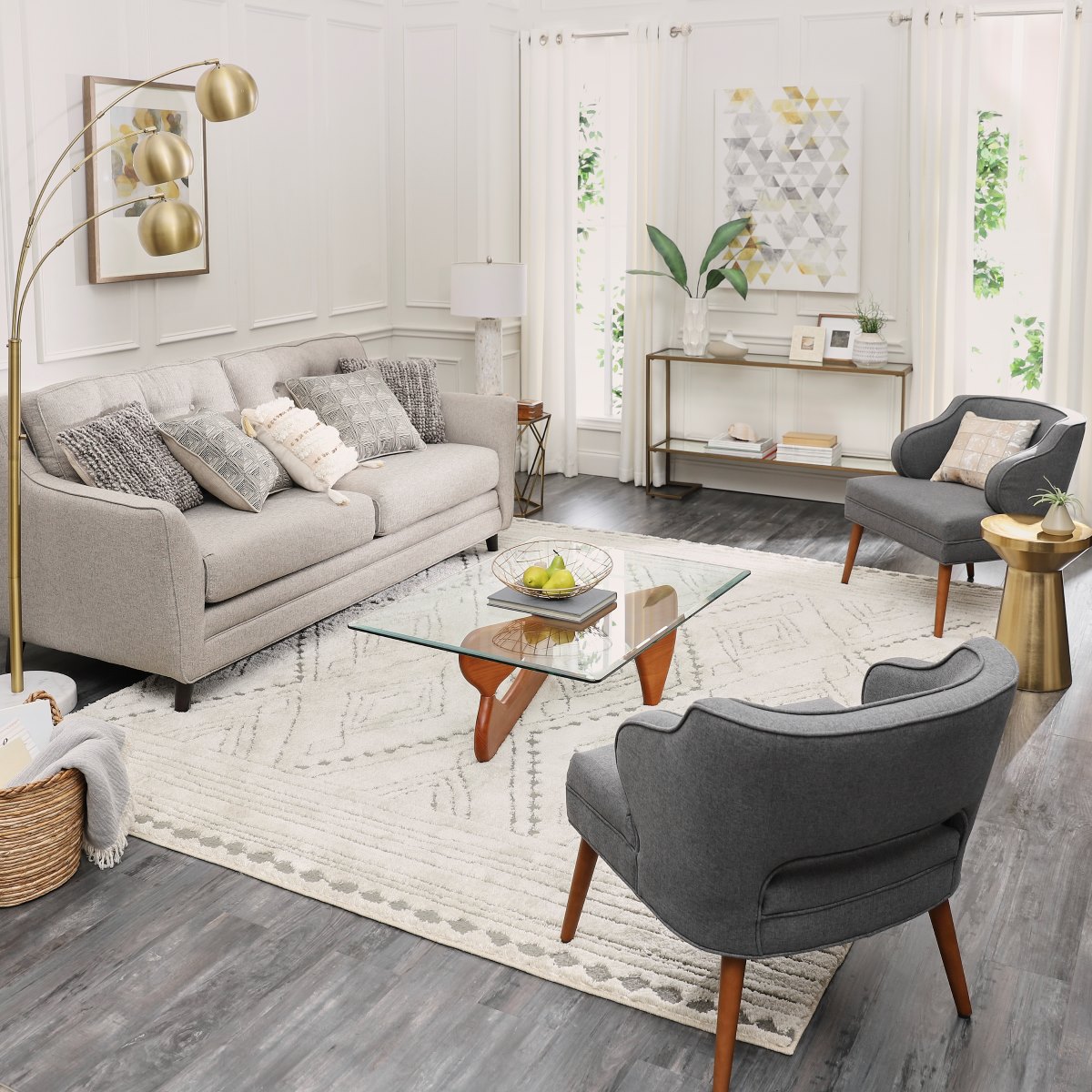

Articles
How To Place Area Rugs In Living Room
Modified: May 6, 2024
Discover helpful articles on how to stylishly place area rugs in your living room. Get tips and inspiration for creating the perfect look and feel in your space.
(Many of the links in this article redirect to a specific reviewed product. Your purchase of these products through affiliate links helps to generate commission for Storables.com, at no extra cost. Learn more)
Introduction
When it comes to interior design, area rugs play a vital role in enhancing the overall look and feel of a living room. Not only do they add warmth and coziness to the space, but they also define different areas within the room. Placing area rugs in the living room requires careful consideration of factors such as size, shape, style, and furniture arrangement.
In this article, we will explore the key aspects to keep in mind when it comes to choosing, placing, and maintaining area rugs in your living room. Whether you want to create a focal point, add a pop of color, or simply bring the room together, the right area rug can transform your living room into a stylish and comfortable space.
So, let’s dive in and discover the secrets to placing area rugs in the living room!
Key Takeaways:
- Elevate your living room with the perfect area rug by considering style, size, and placement. Create a cohesive and visually appealing space that reflects your personal taste and enhances the overall aesthetic of your home.
- Transform your living room into a stylish and inviting space with carefully chosen area rugs. From size and shape to maintenance, every detail matters in creating a visually pleasing and harmonious atmosphere.
Read more: Where To Place A Rug In A Living Room
Choosing the Right Area Rug
When selecting an area rug for your living room, there are several factors to consider to ensure you make the right choice. Here are some important points to keep in mind:
- Style: Consider the overall style and theme of your living room. If you have a modern or contemporary decor, opt for a rug with clean lines and geometric patterns. For a more traditional or rustic look, choose a rug with intricate designs or floral patterns.
- Color: The color of the area rug should complement the existing color scheme in your living room. If you have neutral-colored walls and furniture, you can choose a bold and vibrant rug to create a focal point. Alternatively, if your room already has a lot of colors, a more subtle and muted rug can help balance the space.
- Texture: The texture of the rug can add depth and visual interest to your living room. Consider the texture of your furniture and other elements in the room when selecting the rug. For example, if you have a smooth leather sofa, a rug with a plush or shaggy texture can create a nice contrast.
- Durability: Since the living room tends to be a high-traffic area, it’s important to choose a rug that can withstand regular use. Look for rugs made from durable materials such as wool, nylon, or polyester. These materials are not only long-lasting but also easy to clean and maintain.
- Budget: Determine your budget beforehand to narrow down your options. Area rugs come in a wide range of prices, so it’s essential to find a balance between quality and affordability. Remember that a well-made rug can last for many years, making it a worthwhile investment.
By considering these factors, you can find an area rug that not only complements your living room decor but also suits your practical needs. Remember, the right rug can tie the entire room together and enhance its visual appeal.
Determining the Size of the Area Rug
Choosing the correct size of the area rug is crucial to achieve a well-balanced and visually appealing living room. Here are some guidelines to help you determine the right size:
- Room Size: Consider the size of your living room when selecting the area rug. A larger room typically requires a larger rug to anchor the space and prevent it from looking empty. On the other hand, a smaller room may benefit from a smaller rug that creates a cozy and intimate atmosphere.
- Furniture Placement: Take into account the placement of your furniture when deciding on the size of the area rug. Ideally, the rug should be large enough to accommodate all the furniture legs or at least the front legs of the main seating arrangement. This helps to create a cohesive and unified look.
- Rug Placement: If you have a smaller rug, you can still make it work by placing it in front of the main seating area, such as under a coffee table. However, avoid placing a tiny rug in the middle of the room as it can make the space feel disjointed and unbalanced.
- Room Functionality: Consider how you plan to use your living room. If it is primarily a space for entertaining and socializing, opt for a larger rug that accommodates all the seating areas. If it’s more of a formal sitting area, a smaller rug that fits just under the coffee table may suffice.
One useful tip is to use painter’s tape to mark out the dimensions of the rug on the floor before making a purchase. This will give you a visual representation of how the rug will fit into the room and allow you to make any necessary adjustments.
Remember, the size of the area rug plays a significant role in defining the space and creating a sense of harmony in your living room. A well-proportioned rug can visually expand the room and make it feel more inviting and comfortable.
Selecting the Shape and Style of the Area Rug
Once you’ve determined the size of the area rug, it’s time to consider the shape and style that will best complement your living room. Here are some factors to keep in mind:
- Shape: The shape of the rug should harmonize with the shape of your living room and furniture arrangement. Rectangular rugs are the most common choice as they work well with most room layouts. However, if you have a round or oval coffee table, consider a round or oval rug to create a cohesive look.
- Pattern: Consider the pattern of the rug and how it will blend with the overall decor. If you have bold patterns on your furniture or wallpaper, opt for a rug with a more subtle pattern or solid color to balance the room. Conversely, if your room has a minimalist design, a rug with a vibrant pattern can add visual interest.
- Material: The material of the rug not only affects its durability but also its overall style. Natural materials, such as wool or sisal, can create a warm and organic feel, while synthetic materials offer a wider range of colors and patterns. Additionally, a high-pile rug can add a luxurious and cozy touch, while a low-pile rug can have a more sleek and contemporary appearance.
- Border: Consider whether you prefer a rug with a border or without. A bordered rug can provide a more defined and structured look, while a borderless rug can have a more casual and relaxed feel. This decision depends on your personal style and the overall aesthetic you want to achieve.
- Contrast or Coordinate: Decide whether you want the rug to contrast with the existing elements in the room or coordinate with them. A contrasting rug can make a statement and become the focal point of the room, while a coordinating rug can seamlessly blend into the overall design.
Ultimately, the shape and style of the area rug should reflect your personal taste and complement the overall aesthetic of your living room. Experiment with different options to find the rug that best captures your desired ambiance and enhances the overall look and feel of the space.
Placing the Area Rug in the Living Room
Now that you’ve selected the perfect area rug for your living room, it’s time to determine its placement. The placement of the rug can significantly impact the visual appeal and functionality of the space. Here are some tips to guide you:
- Centered Placement: To create a symmetrical and balanced look, center the area rug in the middle of the seating area. This works well when all the furniture legs are on the rug, creating a cohesive and unified space.
- Off-Centered Placement: For a more eclectic and casual look, you can position the area rug slightly off-centered. This can be particularly effective if you have an asymmetrical furniture arrangement or if you want to highlight a specific area or piece of furniture.
- Under Furniture: If the size of your rug allows, consider placing it under the front legs of the furniture, such as the sofa and chairs. This creates a cohesive grouping and visually anchors the furniture to the rug.
- Framing Furniture: Another option is to place the area rug in front of the furniture, such as under the coffee table. This framing technique can help define the seating area and create a cozy and intimate space.
- Room Boundaries: Consider the natural boundaries of the room when placing the area rug. If you have an open-concept living room, you can use the rug to visually define the living area and separate it from other spaces, such as the dining or kitchen areas.
- Wall-to-Wall Placement: If your living room has wall-to-wall carpeting, you can still incorporate an area rug. Make sure the rug is large enough to extend beyond the furniture legs but doesn’t cover the entire room. This creates a layered look and adds texture to the space.
Remember, the placement of the area rug should enhance the overall design of the living room while also considering the functionality of the space. Experiment with different placements until you achieve the desired visual impact and a well-defined seating area.
When placing area rugs in a living room, make sure the rug is large enough to fit under all key furniture pieces. This helps to define the seating area and creates a cohesive look in the room.
Read more: How To Place A Round Rug In A Living Room
Arranging Furniture Around the Area Rug
Once you have placed the area rug in your living room, it’s important to arrange the furniture in a way that complements the rug and creates a harmonious and cohesive look. Here are some tips for arranging furniture around the area rug:
- Front Legs on the Rug: For a classic and formal look, place the front legs of the furniture, such as the sofa and chairs, on the area rug. This creates a connected and visually pleasing arrangement.
- All Legs on the Rug: To create a more intimate and cozy seating area, you can place all the legs of the furniture on the area rug. This technique works particularly well if the rug is large enough to accommodate the entire furniture set.
- No Legs on the Rug: Alternatively, you can place the area rug in front of the furniture, and none of the legs touch the rug. This can work well for smaller rugs or if you prefer a more contemporary and relaxed look.
- Consistent Placement: Aim for consistency in furniture placement. If one piece of furniture, such as the sofa, has the front legs on the rug, try to keep the arrangement consistent with other pieces as well.
- Allow Space: Ensure that there is enough space between the furniture and the edge of the rug. This creates a well-proportioned and spacious look while maintaining a visual connection between the furniture and the rug.
- Balancing the Room: Consider the overall balance of the room when arranging furniture around the area rug. If you have large and bulky furniture, a larger area rug can help anchor the space and prevent it from feeling top-heavy.
Remember that the goal is to create a cohesive and visually pleasing arrangement that showcases the area rug while providing comfort and functionality. Take the time to experiment with furniture placement until you achieve the desired look and feel for your living room.
Creating Visual Balance with Area Rugs
Area rugs not only add style and warmth to a living room but also play a crucial role in creating visual balance within the space. Properly positioning and coordinating multiple rugs can enhance the overall design and aesthetics. Here are some tips for creating visual balance with area rugs:
- Size and Proportion: When using multiple area rugs in the same living room, it’s important to consider their sizes and proportions to maintain a balanced look. Ensure that the rugs are in proportion to the furniture and the room’s dimensions.
- Layers and Contrast: Create visual interest and balance by layering rugs of different sizes and shapes. For example, place a larger rug as the base, and then layer a smaller rug on top. The contrast between the two rugs can add depth and dimension to the space.
- Coordination and Continuity: When using multiple rugs, consider selecting rugs that coordinate with each other in terms of color, pattern, or style. This creates a cohesive and connected look throughout the living room. However, it’s also essential to introduce slight variations to avoid the appearance of monotony.
- Separation and Definition: Use area rugs to define different zones or areas within the living room. For example, place a rug under a dining table to separate it from the seating area. This helps visually delineate different spaces and adds purpose and definition to each area.
- Color and Contrast: Use rugs with contrasting colors or patterns to create a visually dynamic and balanced look. For instance, if you have neutral-colored furniture, a rug with a pop of vibrant color can draw attention and create a focal point in the room.
- Natural Flow: Ensure that the placement of multiple rugs allows for a natural flow and movement within the living room. The rugs should guide the eye and lead people through the space while maintaining a harmonious and balanced feel.
Experiment with different combinations and placements of area rugs to find the arrangement that best suits your living room and creates the desired visual balance. Remember to consider the size, shape, color, and coordination of the rugs to achieve an aesthetically pleasing and cohesive look.
Adding Layers with Multiple Area Rugs
Add a touch of depth and dimension to your living room by incorporating multiple area rugs. Layering rugs allows you to create interesting visual textures and add personality to the space. Here are some tips for adding layers with multiple area rugs:
- Contrasting Sizes: Start by selecting rugs of different sizes to create a layered effect. Place a larger rug as the base layer, and then layer a smaller rug on top. This contrast in sizes adds visual interest and depth to the room.
- Varied Shapes: Experiment with different rug shapes when layering. Consider combining a rectangular rug with a round or oval rug to introduce variety and break up the monotony.
- Color Coordination: Choose rugs with complementary colors to create a cohesive look. Opt for rugs that share a common color palette but have distinct patterns or textures. This ensures that the layered rugs enhance each other rather than compete for attention.
- Textural Contrast: Mix rugs with different textures to add tactile appeal to the space. For example, pair a plush, high-pile rug with a flat-weave or natural fiber rug. This contrast in textures adds depth and visual intrigue.
- Placement: Consider the placement of the layered rugs to create a balanced and harmonious look. The bottom rug should be larger and centered, acting as the foundation. The top rug can be slightly offset or positioned to highlight a specific area or piece of furniture.
- Functionality: Layering rugs can also serve a functional purpose. For instance, placing a smaller rug near a seating area can define that space and provide a cozy spot for relaxation or conversation.
Remember to experiment and have fun with different combinations of rugs to find the layered look that best suits your living room. The key is to strike a balance between complementary colors, varied textures, and well-proportioned placement. Layering rugs not only adds visual interest but also allows you to showcase different design elements and create a unique and personalized space.
Maintaining and Cleaning Area Rugs
Proper maintenance and regular cleaning are essential to keep your area rugs looking fresh, vibrant, and in good condition. Here are some tips to help you maintain and clean your area rugs:
- Vacuum regularly: Keep your area rugs free from dirt, dust, and debris by vacuuming them regularly. Use a vacuum cleaner with a brush attachment or setting specifically designed for rugs to prevent any damage.
- Rotate periodically: To prevent uneven wear and fading, rotate your area rugs every six months. This ensures that different areas of the rug receive equal foot traffic and exposure to sunlight.
- Spot clean spills immediately: Accidents happen, so it’s crucial to clean up spills promptly to prevent stains from setting into the rug fibers. Blot the spill with a clean cloth or paper towel, working from the outside towards the center to prevent spreading. Avoid rubbing, as this can push the stain deeper into the rug.
- Deep clean periodically: Depending on foot traffic and the type of rug, deep cleaning may be required periodically. You can use a carpet cleaner, professional rug cleaning service, or follow the manufacturer’s instructions for deep cleaning.
- Protect from sunlight: Prolonged exposure to direct sunlight can fade and damage rugs. Consider using window treatments or rotating the position of rugs to minimize sun exposure. Additionally, UV-blocking window films can help reduce the harmful effects of the sun on your rugs.
- Use rug pads: Place a rug pad under your area rugs to provide cushioning, prevent slipping, and extend the lifespan of the rug. Rug pads also help to reduce wear and tear by absorbing impact and preventing the fibers from being crushed against the floor.
- Professional cleaning: For deep or stubborn stains and for delicate or valuable rugs, it’s best to seek professional cleaning services. Professional cleaners have the expertise and tools to clean and restore rugs without causing damage.
By following these maintenance and cleaning tips, you can ensure that your area rugs stay in optimal condition for years to come. Regular care and attention will not only preserve their beauty but also extend their lifespan, allowing you to enjoy their presence in your living room for a long time.
Read more: How Big Should An Area Rug Be In Living Room
Conclusion
Placing area rugs in your living room can transform the space, adding style, warmth, and comfort. By carefully considering factors such as size, shape, style, and placement, you can create a visually pleasing and harmonious atmosphere in your living room.
Choosing the right area rug involves considering the overall style of the room, coordinating with the existing color scheme, and selecting a durable and high-quality material. Determining the size of the rug depends on the room’s dimensions, furniture placement, and desired functionality.
Placing the area rug in the living room requires attention to detail, whether it’s centered or off-centered placement, under the furniture or in front of it. Proper furniture arrangement around the area rug is also important for achieving a cohesive and balanced look.
For added interest, consider layering multiple area rugs, playing with contrasting sizes, shapes, colors, and textures. This can create depth and dimension in the room, adding a unique touch to your living space.
Remember to maintain and clean your area rugs regularly to preserve their beauty and longevity. Vacuuming, rotating, spot cleaning spills, and periodic deep cleaning are all essential for keeping your rugs looking their best.
In conclusion, selecting, placing, and maintaining area rugs in your living room requires careful consideration and attention to detail. By following these guidelines, you can create a stylish and inviting living space that reflects your personal taste and enhances the overall aesthetic of your home.
Ready to up your home decor game? While you've mastered the basics of placing area rugs, why stop there? Our next feature offers a glimpse into the latest trends with a selection of 13 incredible area rugs perfect for any living space in 2024. Whether you're looking to refresh a room or complete a new look, these choices can significantly boost your living area's style and comfort.
Frequently Asked Questions about How To Place Area Rugs In Living Room
Was this page helpful?
At Storables.com, we guarantee accurate and reliable information. Our content, validated by Expert Board Contributors, is crafted following stringent Editorial Policies. We're committed to providing you with well-researched, expert-backed insights for all your informational needs.
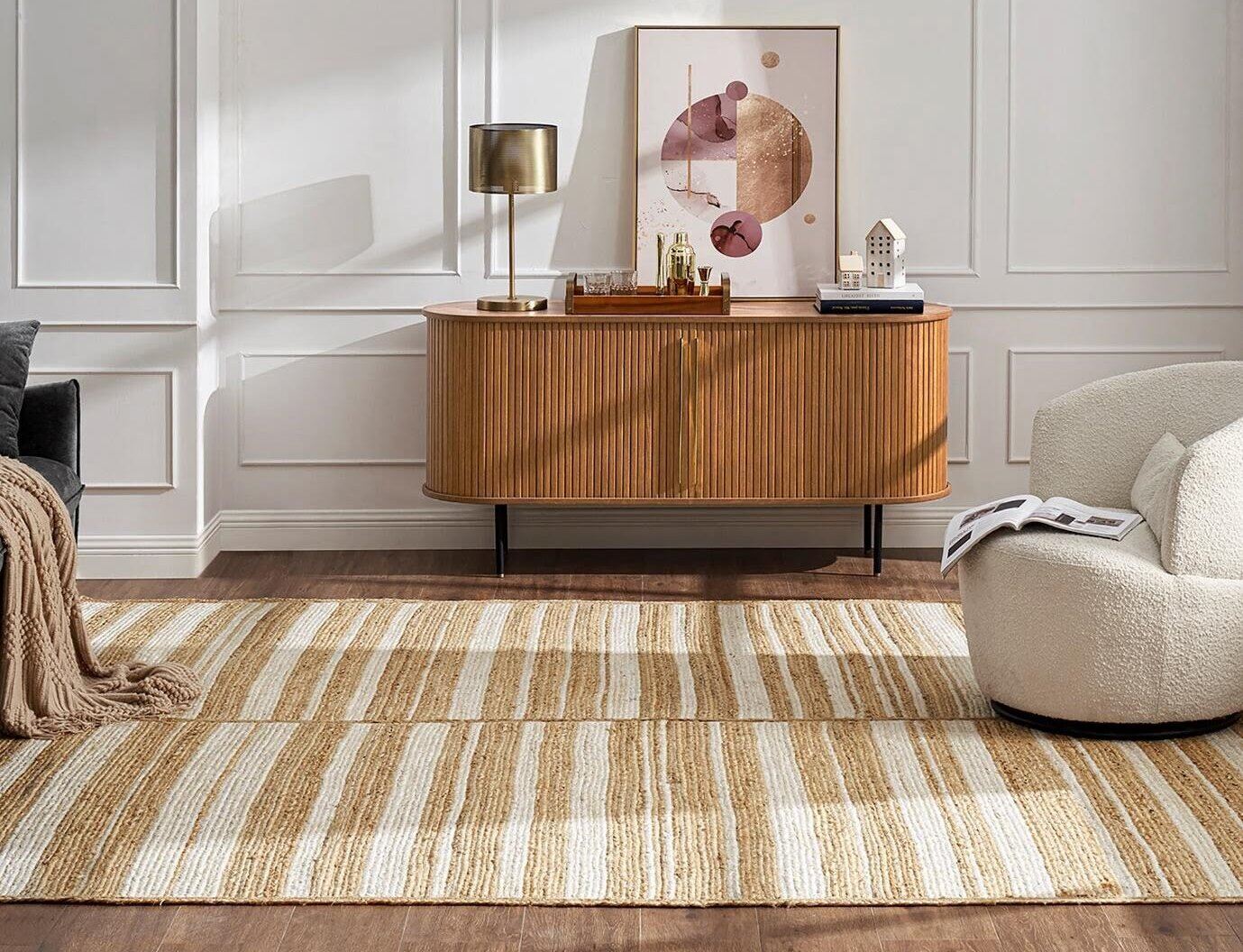
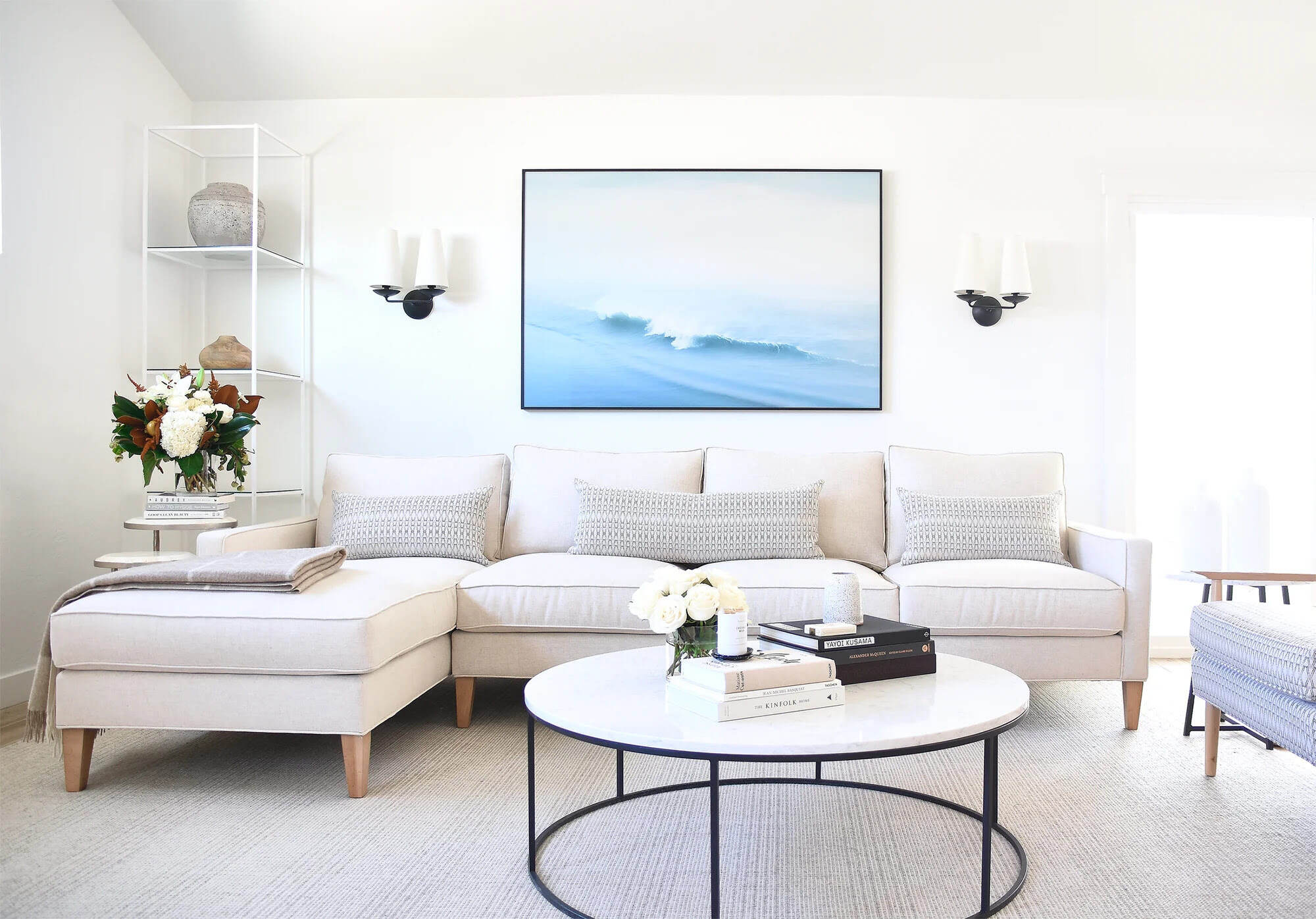
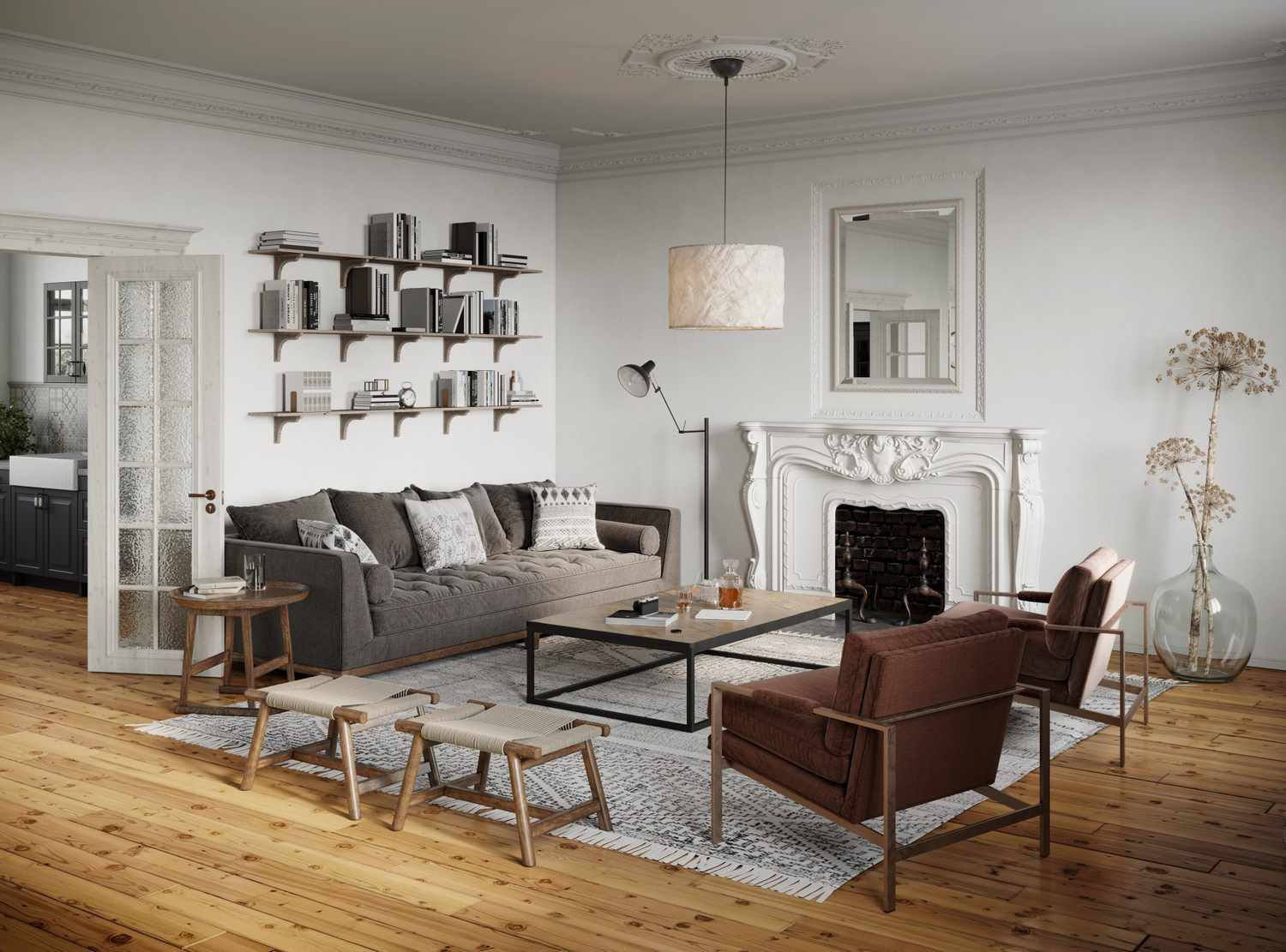
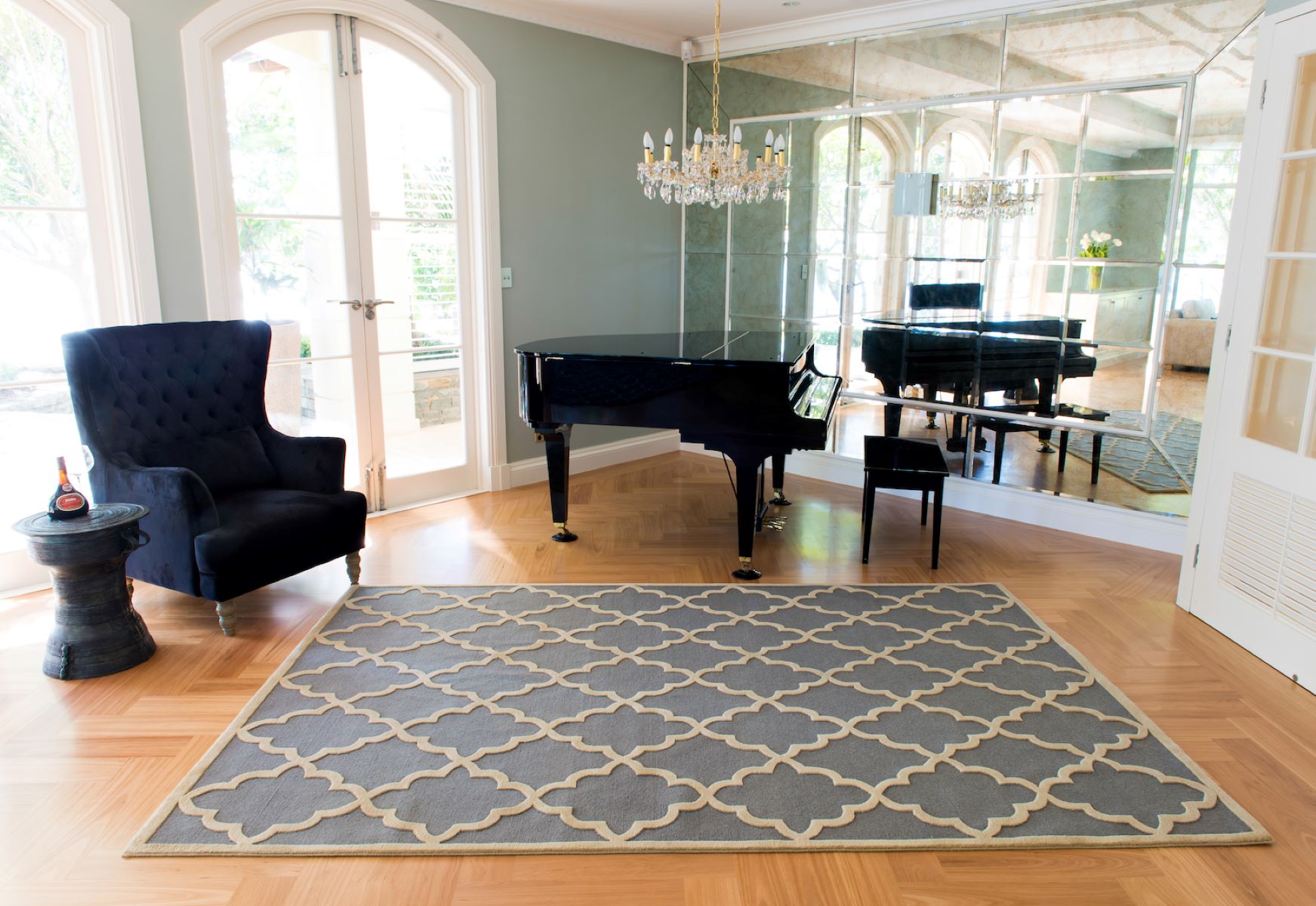
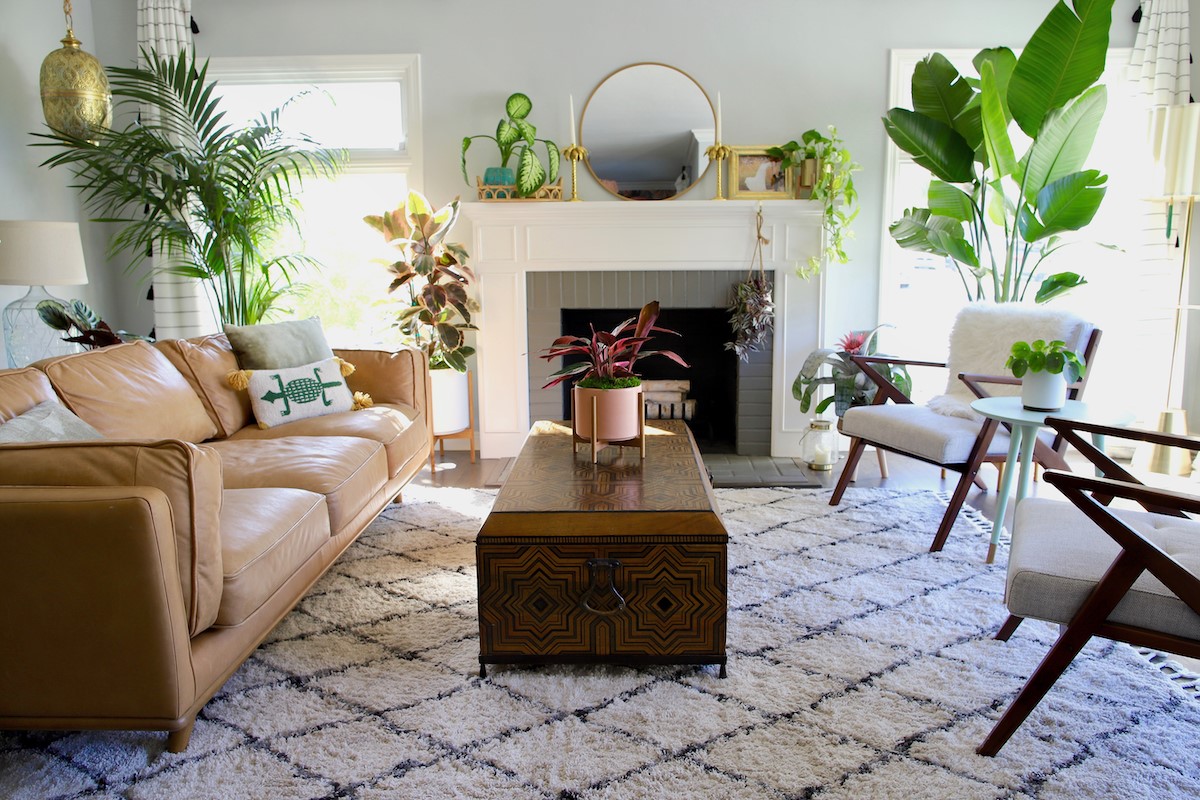
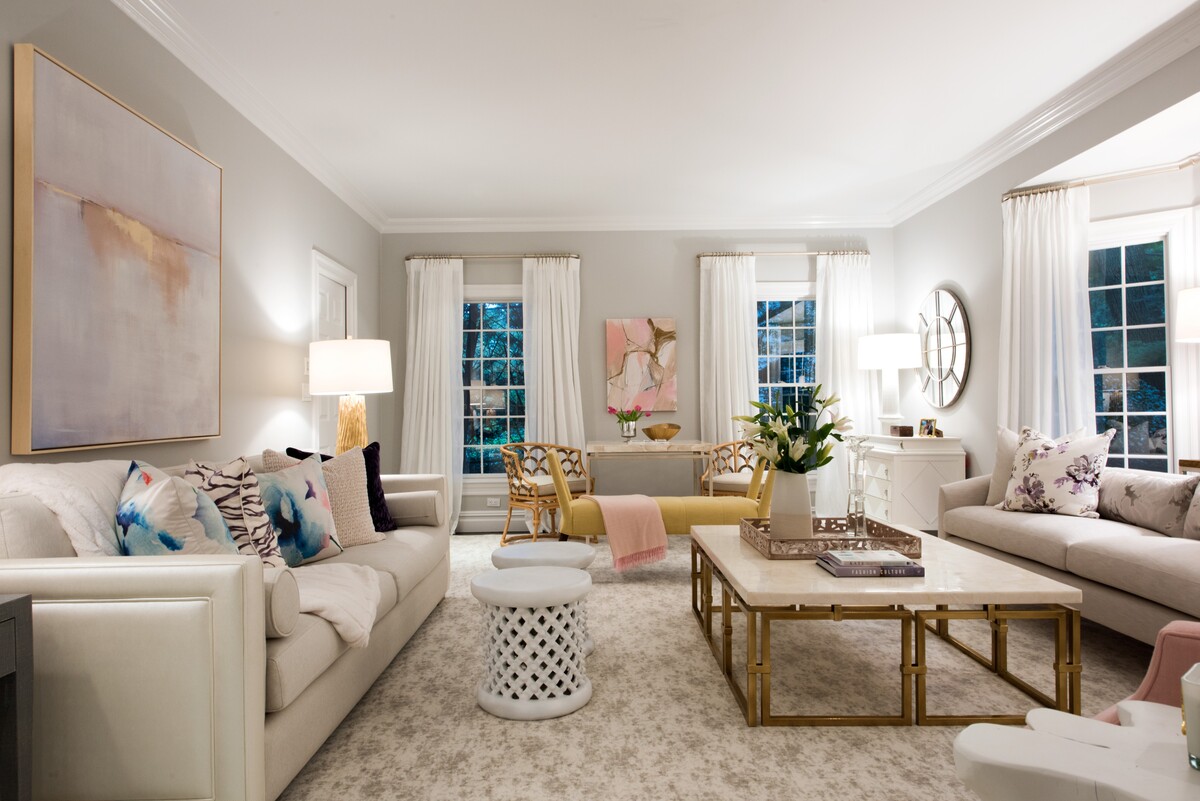
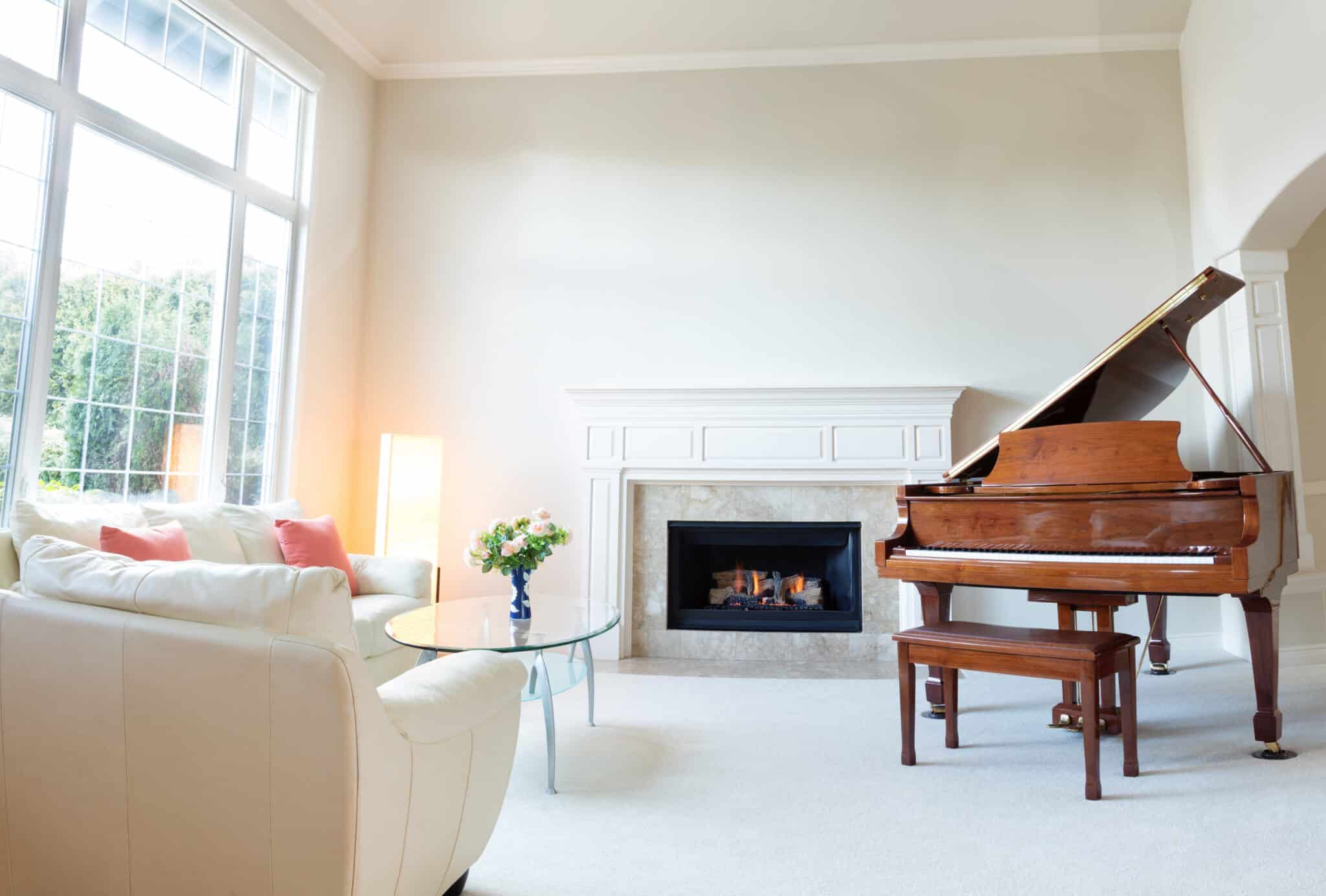
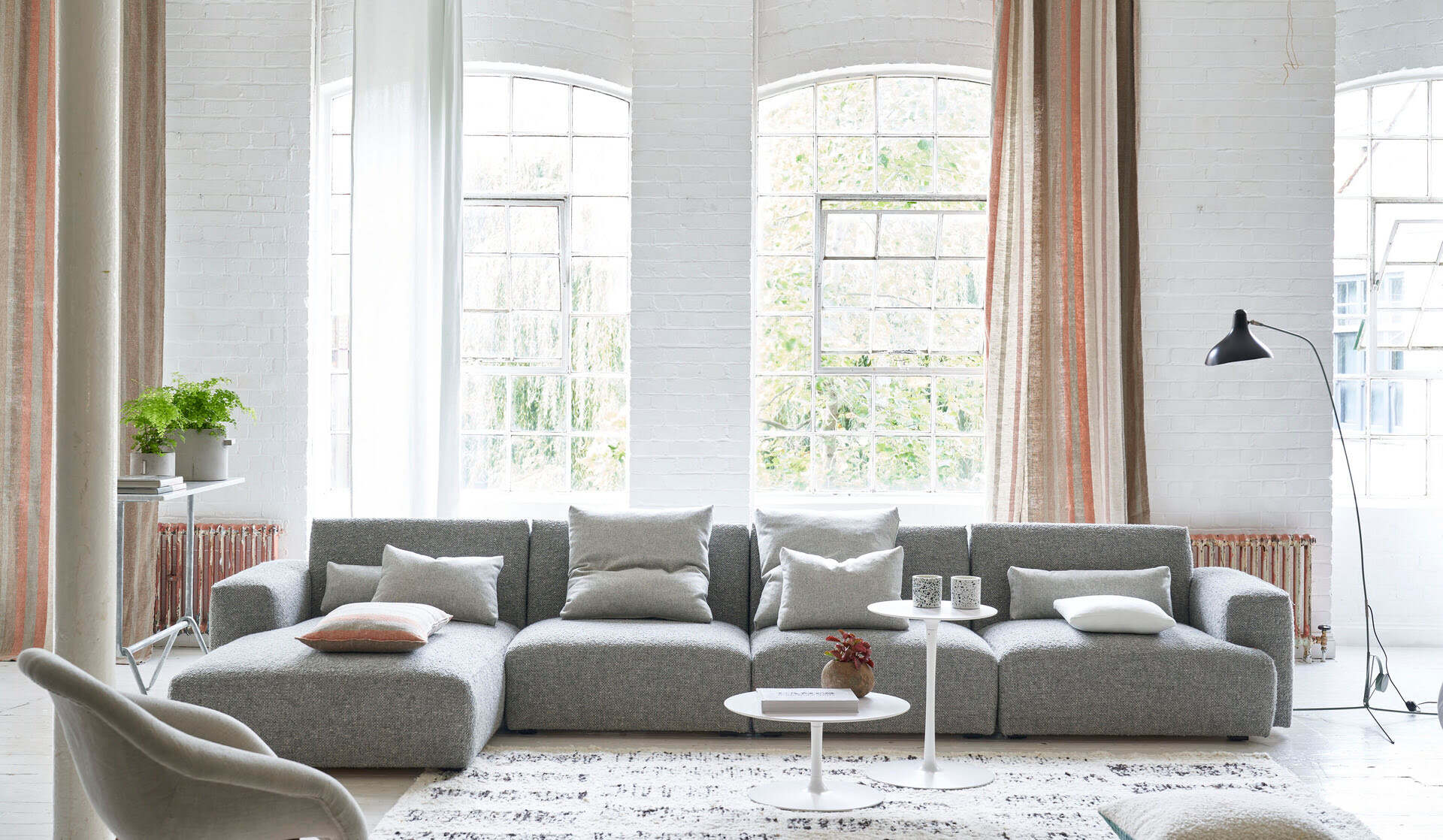

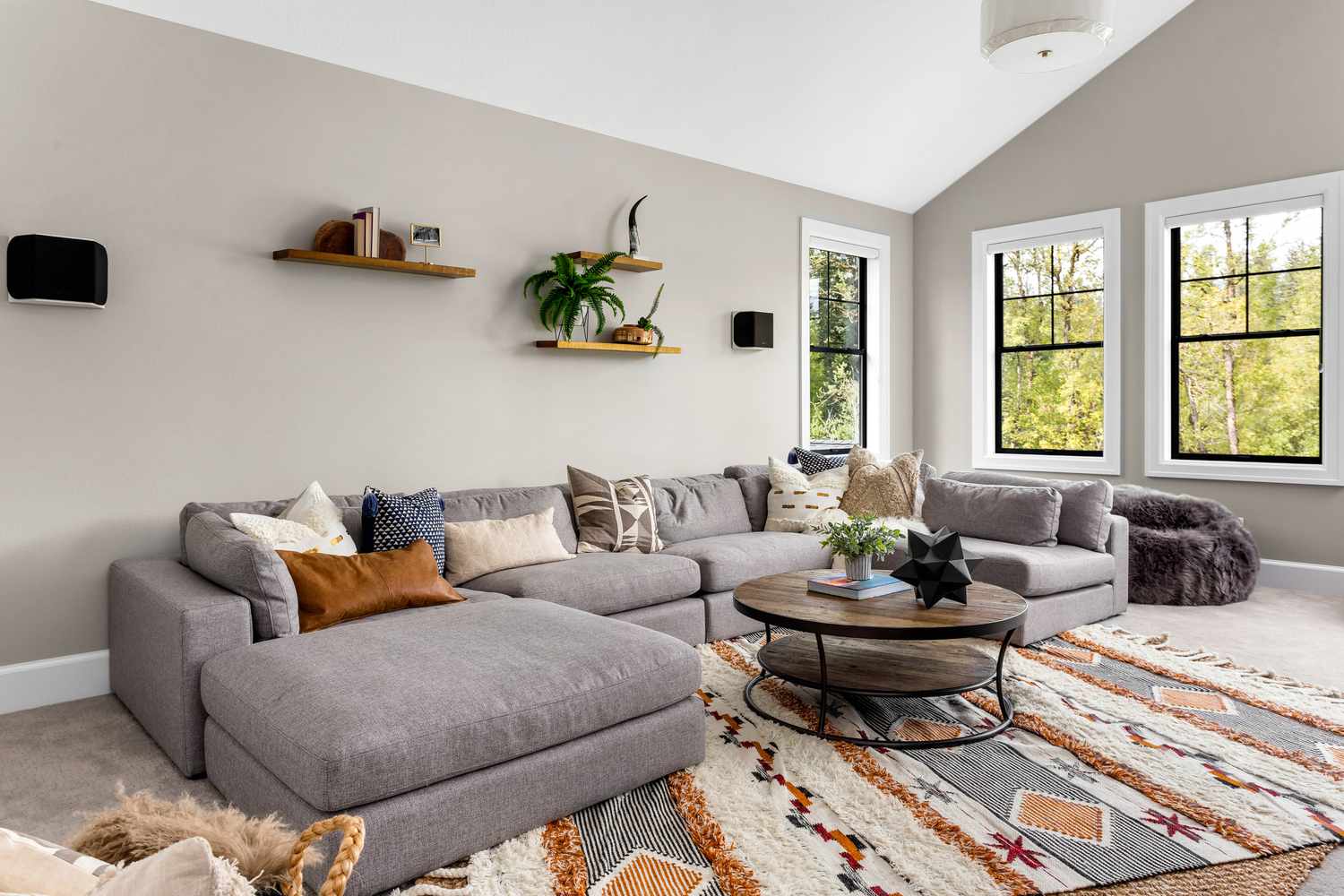
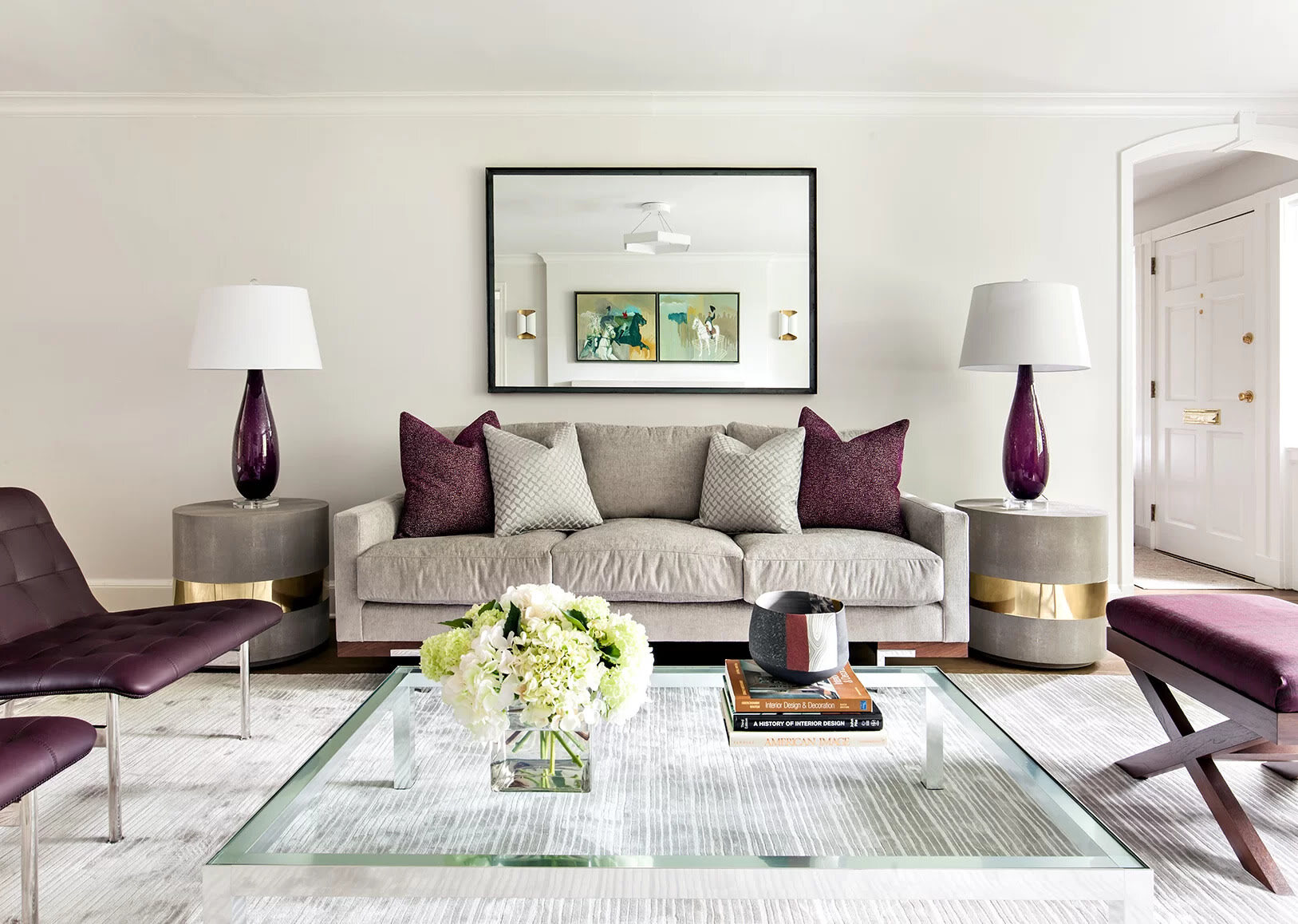
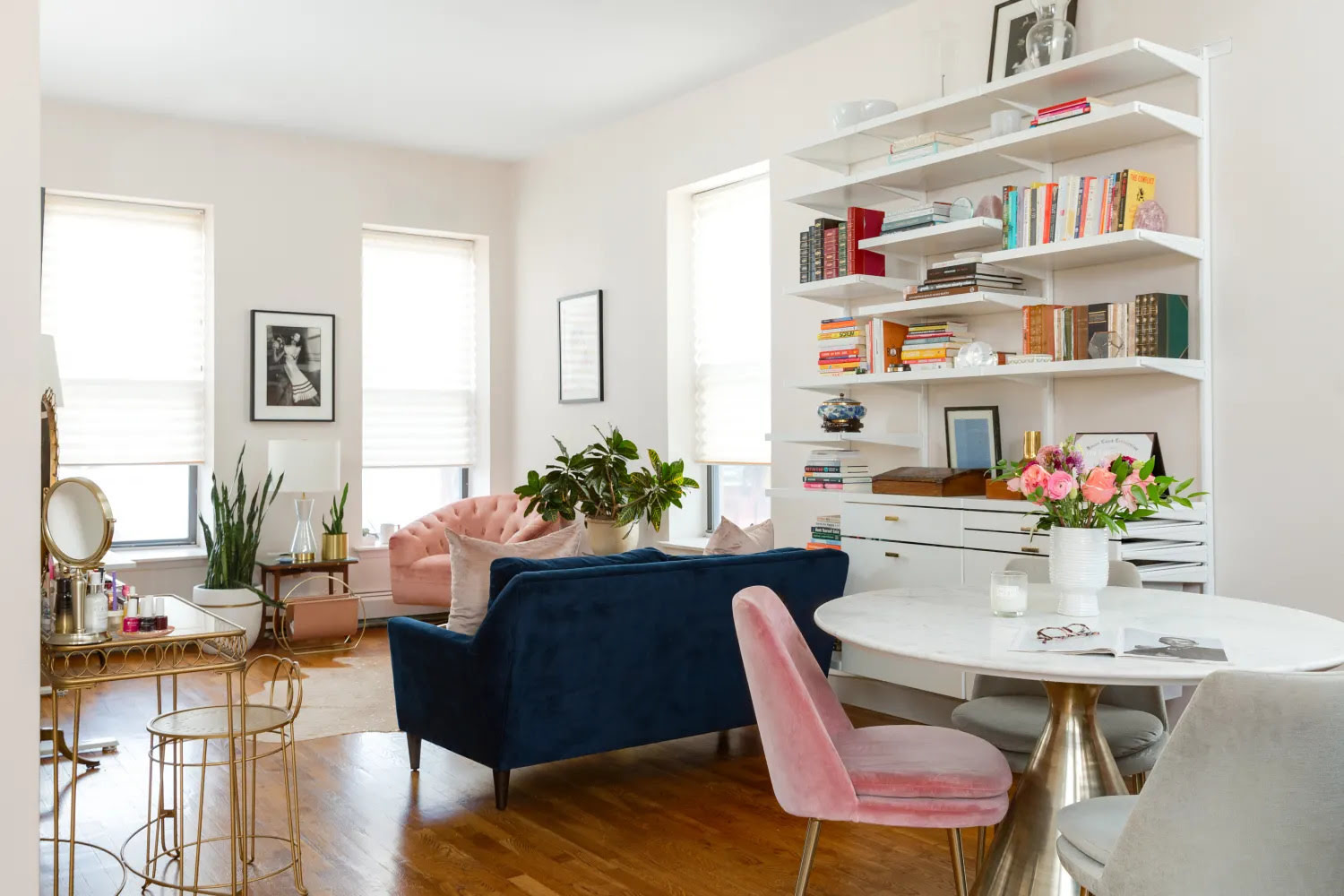
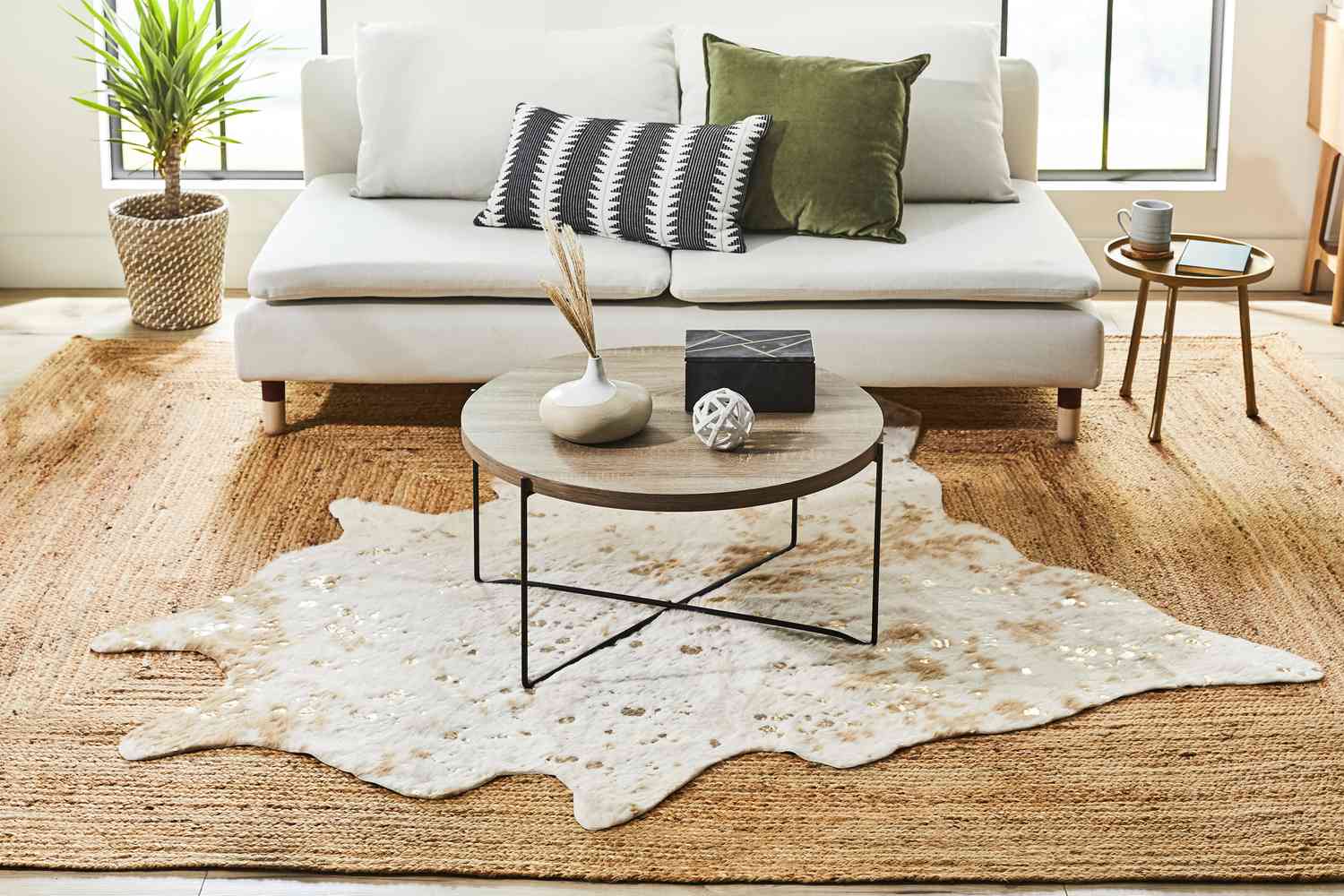

0 thoughts on “How To Place Area Rugs In Living Room”